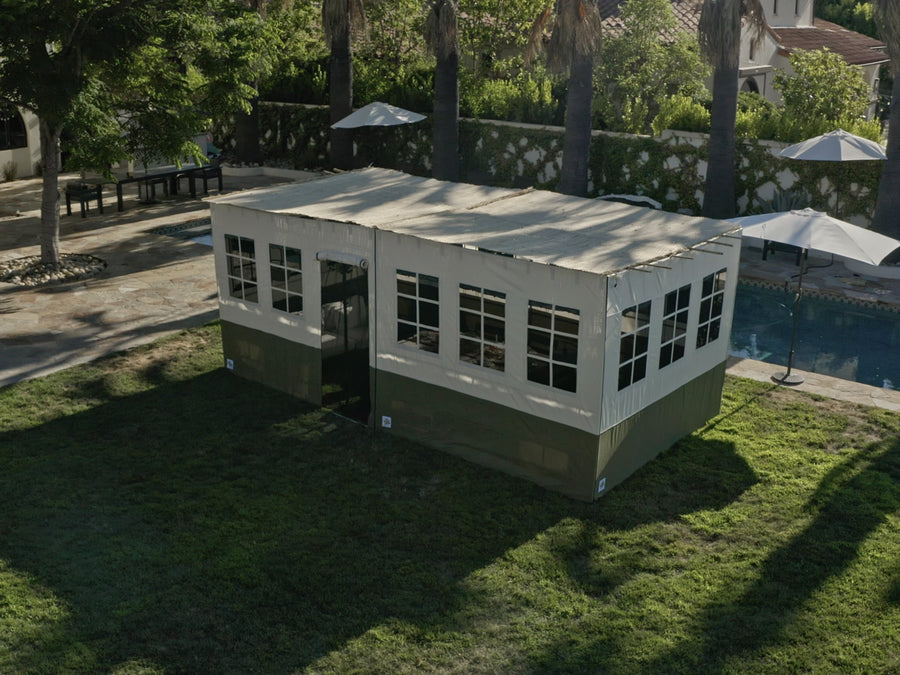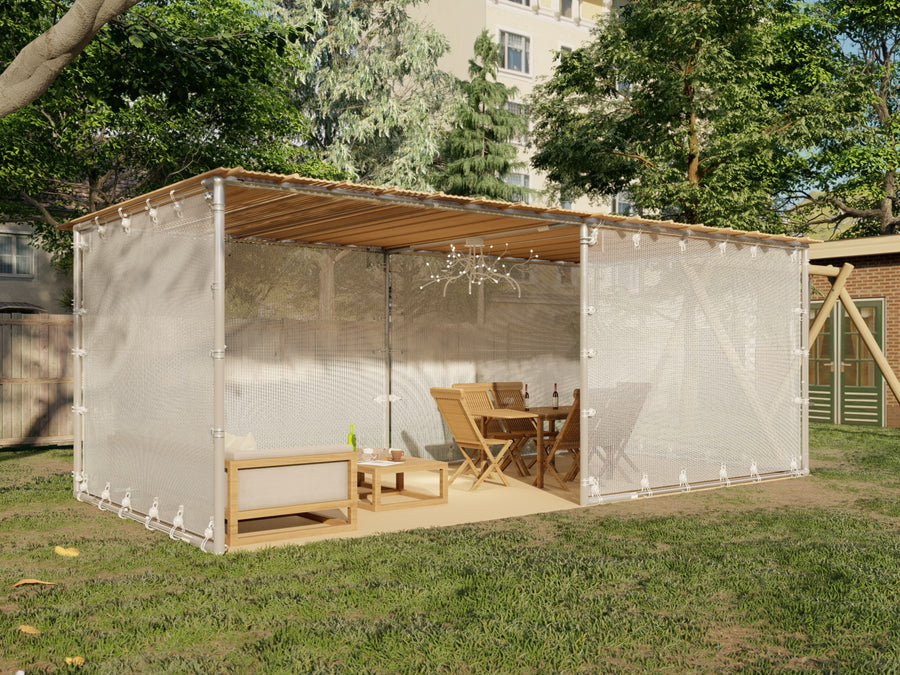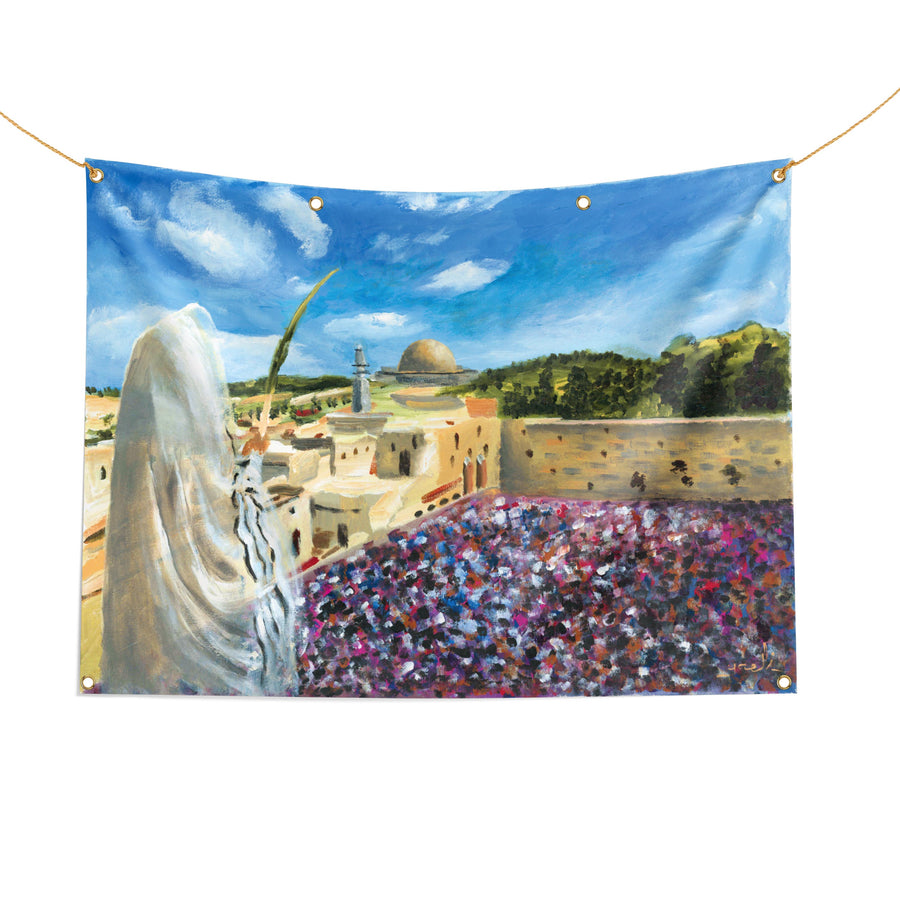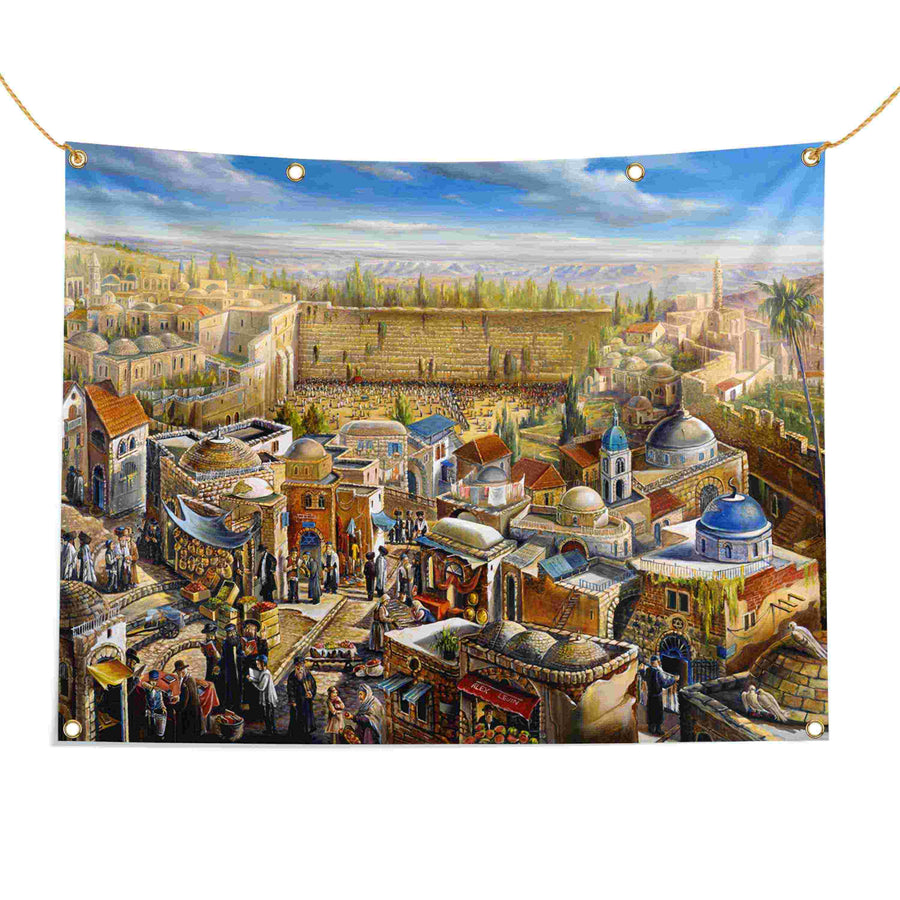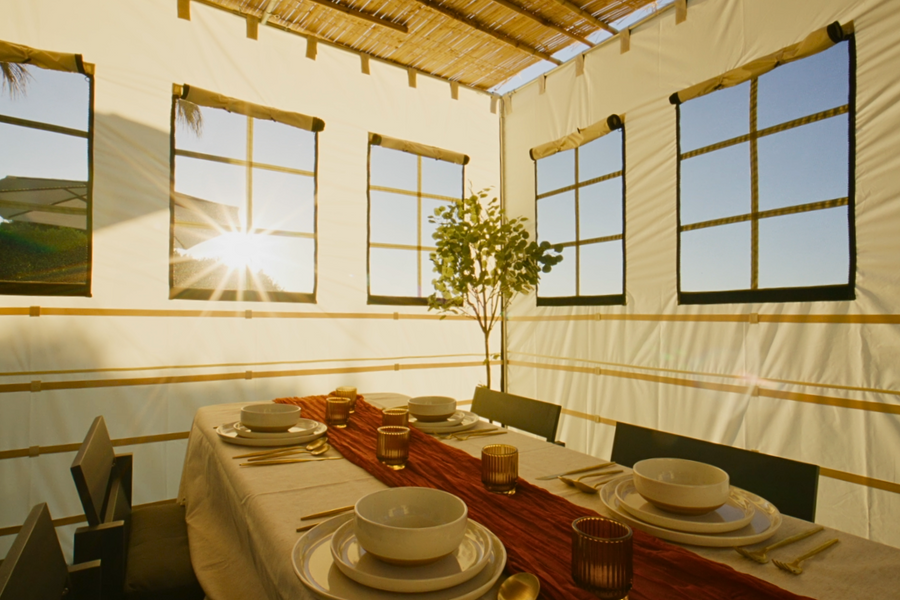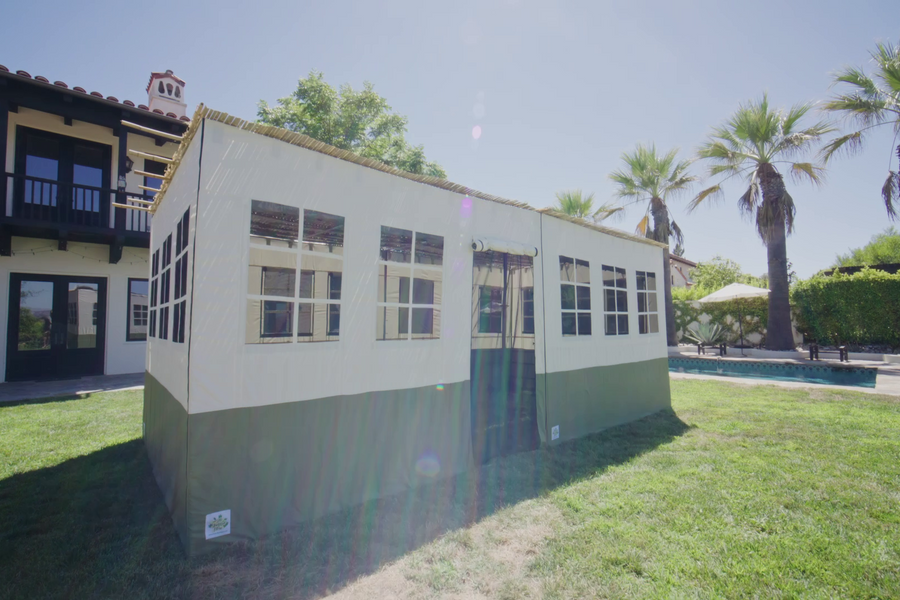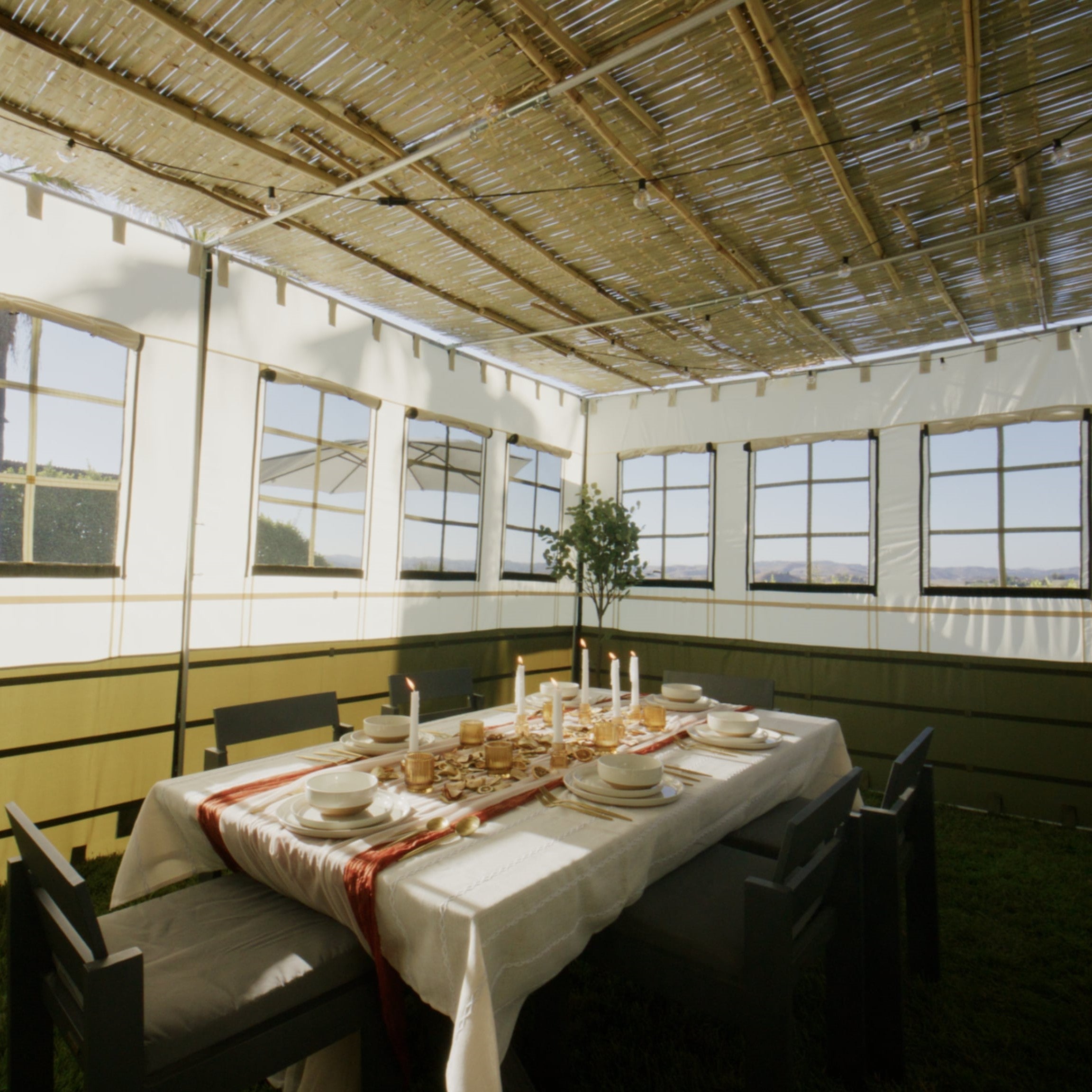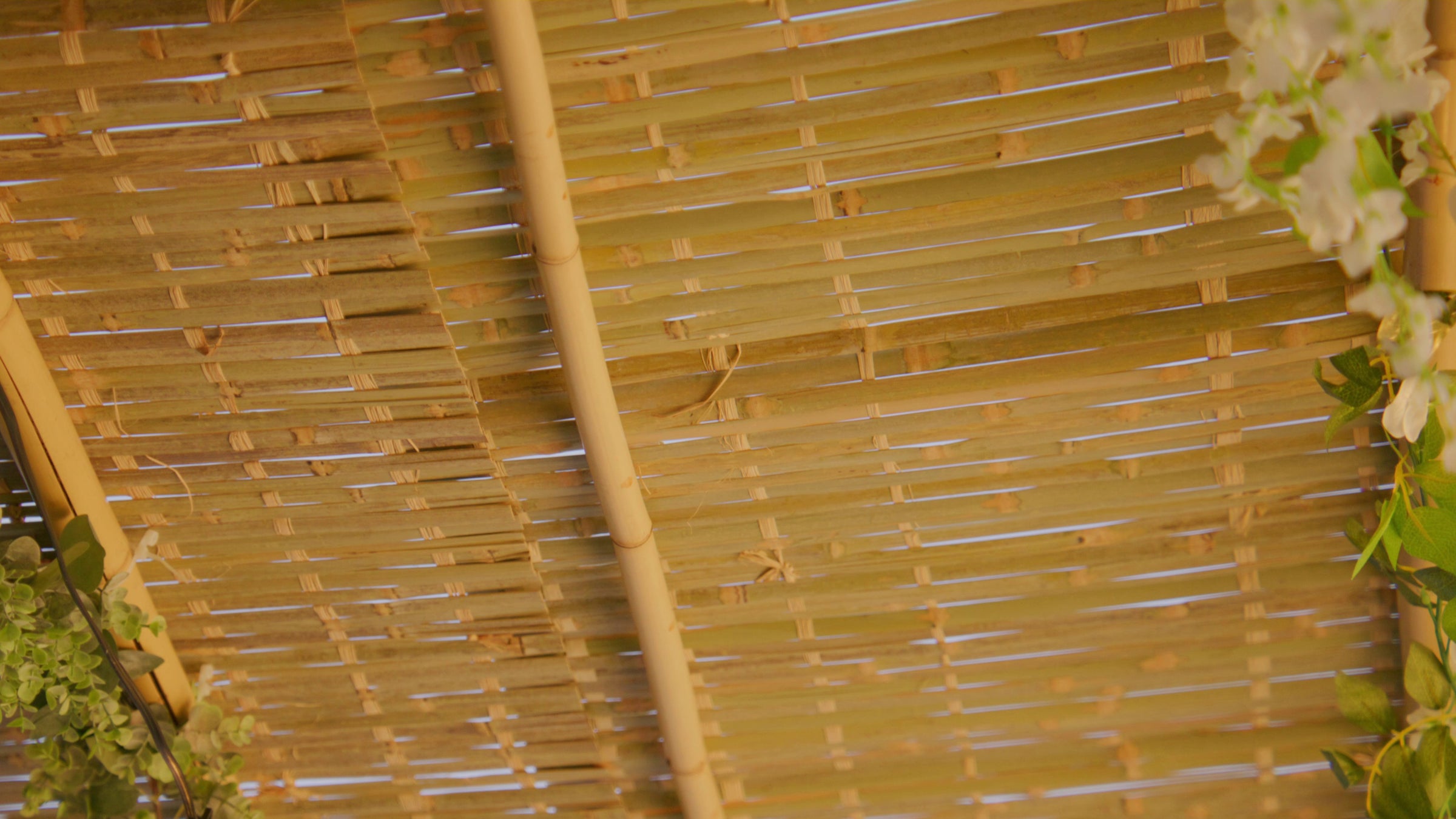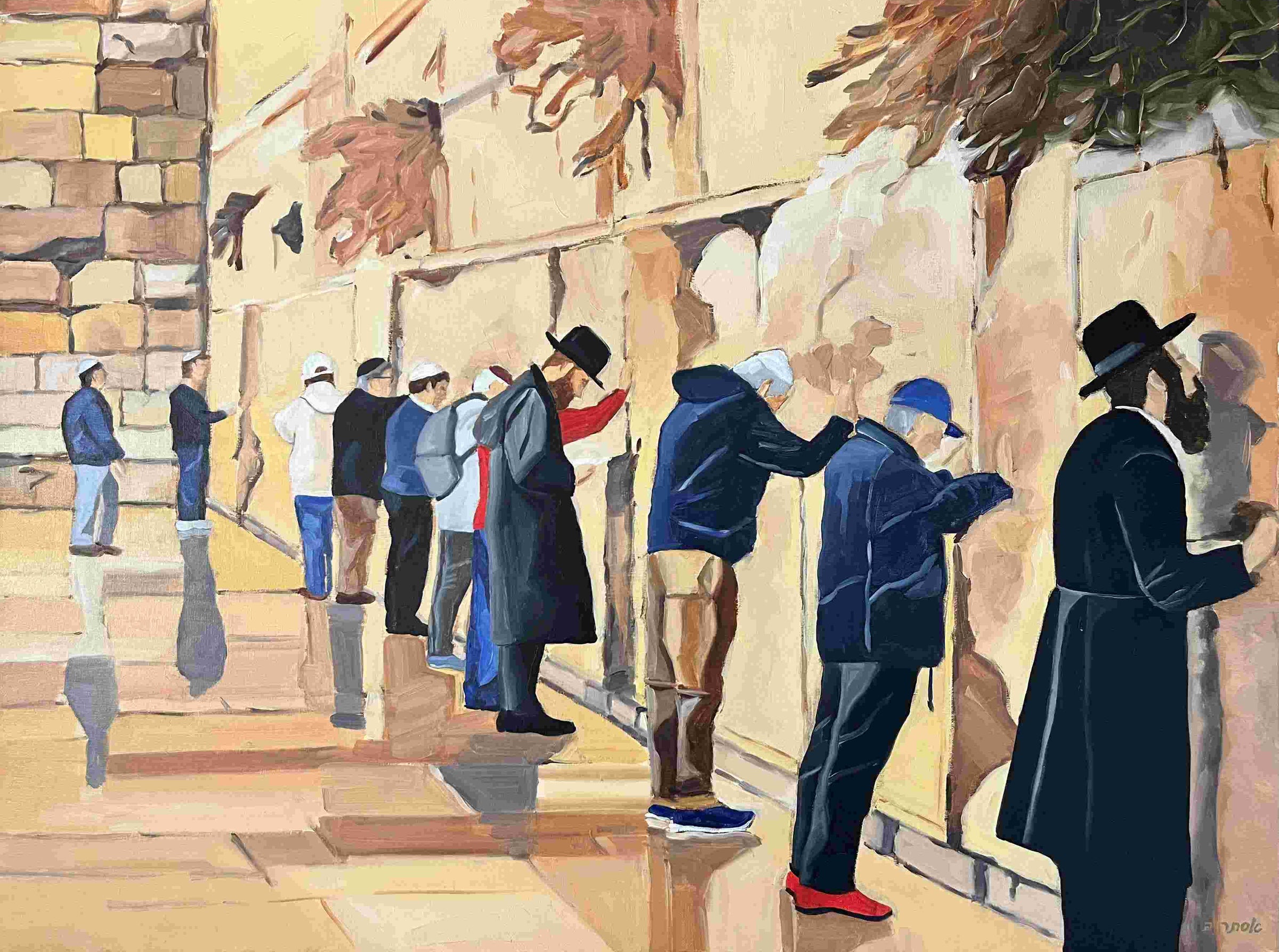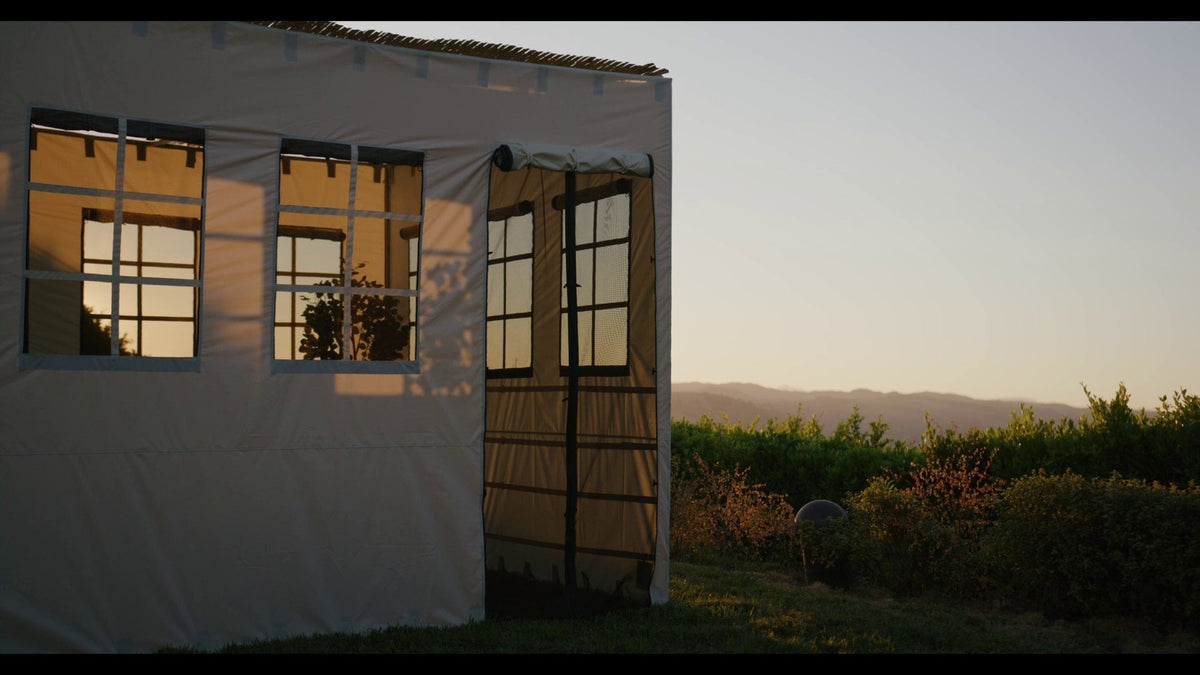

Table of content
Mandatory Campout: Why We Celebrate Living in Makeshift Tents
One of the major Biblically-mandated festivals is Sukkot , which literally means “booths.” It is a week-long celebration , during which one is obligated to “dwell” in a Sukkah . Picture it: a week-long campout in your backyard! Minus the marshmallows and ghost stories, of course.
“In shelters you shall dwell for seven days. Every resident among the Israelites shall live in shelters, in order that your [future] generations should know that I made the children of Israel live in shelters when I took them out of the land of Egypt.” Leviticus, 23:42-3.
So why the big fuss over some makeshift desert shelters? Didn’t everyone expect the Israelites to set up camp when traversing the desert? It’s not like they were booking Airbnbs along the way. Yet, here we are, throwing a festival for their tent-pitching skills.
The verse above says G‑d ‘ made the Israelites live in shelters.’ But if they built them out of necessity, why is G‑d getting all the credit here? Was there a divine tent-pitching contest we missed?
The Talmudic sages provide a fascinating answer. They figured the shelters weren’t just DIY booths but the clouds of glory the Almighty Himself provided during the 40-year trek.
But why does the gift of the clouds of glory warrant an annual week-long festival? The Torah mentions lots of desert perks, like heavenly manna and Miriam’s miraculous well. Yet, we’re not throwing parties for those! No "Manna Mondays" or "Well Wednesdays" on the calendar, right?
Why So Lax About the Walls?
Here’s another head-scratcher: Halacha (Jewish law) says a Sukkah is Kosher with just two-and-a-bit walls. That’s right, two and a smidge. While four walls are nice, they’re not a must. But if the Sukkah is a cloud commemorator, shouldn’t it wrap around us like a cozy, fluffy hug?
Moreover, the term Sukkah, actually mostly refers to the roof, the Schach. The Schach gets the VIP treatment with strict rules on materials, while you can take more of an, "Eh, use whatever" approach for the walls. Seriously, anything goes for building your Sukkah walls – wood, fabric, maybe even that weird wallpaper your aunt had in the ’70s. But if the Sukkah honors those divine clouds, shouldn’t the walls get some love too?
…although don’t worry, there are still plenty of halachot (Jewish law requirements) for how to build your Sukkah walls. You can see the full list in this handy guide on what makes a Kosher Sukkah .
And in case you wanted a Sukkah with more than 2.5 walls, you check out our fully customizable Sukkah-wall options, or order a custom Sukkah for the ultimate perfect fit.
Not All Clouds Are Created Equal
Midrashic texts and Rashi’s commentary, note that sometimes they’ll use the term “clouds of glory,” and other times just “clouds.”
The Lubavitcher Rebbe, Menachem Schneerson, explains the difference. “Clouds of glory” were all about providing the Israelites with a visible manifestation of the Divine Presence. Regular “clouds,” on the other hand, handled the grunt work – shielding the Israelites from the desert sun and acting as ancient anti-theft devices. Practical, sure, but not exactly festival-worthy.
The utilitarian clouds were the full surround-sound experience, while the “clouds of glory” hovered above the Israelites, like the overhead dome light at a fancy restaurant.
What Do We Recall on Sukkot?
The ‘everyday clouds’ were like a desert survival kit. G‑d had to provide those, having led the Israelites into a barren wasteland. They were survival essentials, like your morning coffee – necessary but not celebration-worthy material (like Miriam’s well or the Manna).
But the clouds of glory? Pure divine extra credit, a symbol of G‑d’s unbounding love. That’s why we celebrate – to recall this divine TLC. Enter the Sukkah, our symbolic group hug from the Creator.
That’s why only the Sukkah’s roof – the Schach – has a strict guest list of materials. The holiday is all about those glory clouds above, not the functional four-wall setup. Two walls and a bit are enough for a Kosher Sukkah, because the walls are just supporting actors; the Schach is the star of this show. That’s also why it’s crucial to ensure that your Schach meets all the kashrut requirements (or you could just grab yourself a roll of bamboo Kosher-certified OU Mehadrin Schach ).
Kabbalists teach us that the Sukkah is like G‑d’s embrace, as the verse says, “His right hand embraces me.” The world might be a tough place, but wrapped in G‑d’s arms, we’ve got the divine hug we need.
So, next time you’re chilling in your two-and-a-bit-walled Sukkah, remember: it’s not just about roughing it. It’s about basking in the ultimate cloud-based hug from above. Now, where did I put my decorations?
